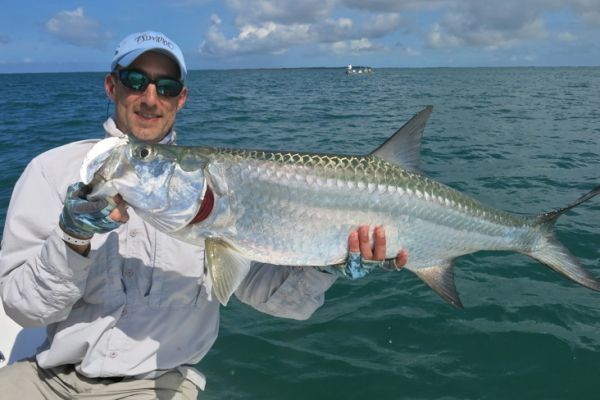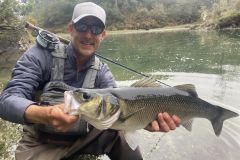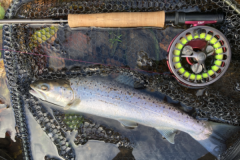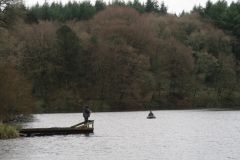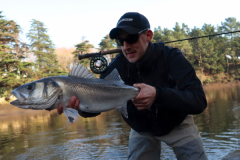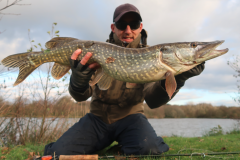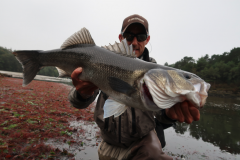Tarpon, or giant herring!
Tarpon, megalops atlanticus is a member of the megalopid family, and lives mainly in the warm waters of the Caribbean and the tropical and sub-tropical Atlantic Ocean. It resembles a large herring, with silvery flanks covered in large scales, a large mouth paved with numerous small teeth and a prominent lower jaw. It can live to nearly 50 years of age, reaching 2.50 meters and weighing over 150 kg. The average size is around 1 m to 1.20 m, weighing around 20 kg.
It feeds on small fish and crustaceans, which it often hunts in groups. They live in schools in lagoons during their juvenile phase, known as baby tarpon (5 to 40 kg), then migrate in spring (April-May-June for the Caribbean) to breed far from the coast. Reproduction is still poorly understood.
The largest specimens are often caught in Florida, Costa Rica and Africa.
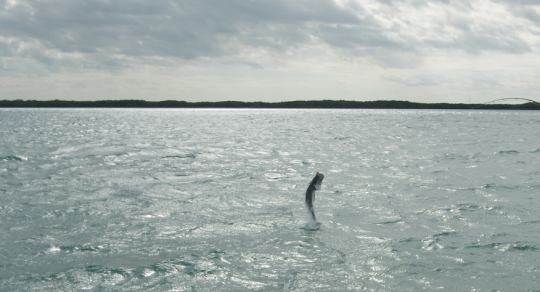
Tarpon fishing
Once again, tarpon can be sight-fished, conditions permitting, with imitations of small fish and other prey, mostly with streamers and mainly with floating lines, especially on flats and in lagoons. Use a leader fitted with a shock-tippet, i.e. a large-diameter tip to resist the abrasion of its many small, rasping teeth.
In some destinations where the water is heavy, it can be fished with a plunging line on fish that roll to the surface to breathe through its gas bladder.
On the flats, the fish move in small groups that must be intercepted by casting in front of the lead fish. You need to adapt the fly retrieve with shorter or shorter pulls, or strips, depending on the fish's behavior.
In lagoons and on the edges of mangrove swamps, you need to get the fish out, as they spend most of their time between the mangrove roots where food is concentrated.
When he grabs the fly, you have to strike the hook with a low leader several times to get the hook into his hard cartilaginous mouth. Unhooking is a common occurrence, as its repeated acrobatic jumps with its mouth open enable it to spit out the fly.
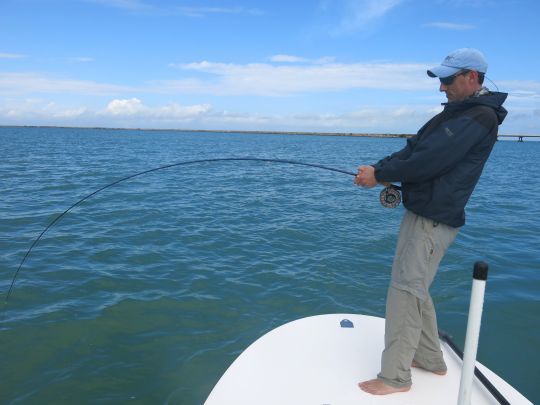
Flies mounted on strong iron hooks in sizes 1 to 4/0 are the most commonly used.
Famous flies: Cockroach, Black and purple Death, Tarpon toad, EP baitfish, EP peanut butter, deceivers, ragworm, popper and gurgler. He appreciates flashy colors like orange and chartreuse as much as darker ones (black, purple), depending on the environment and his mood.
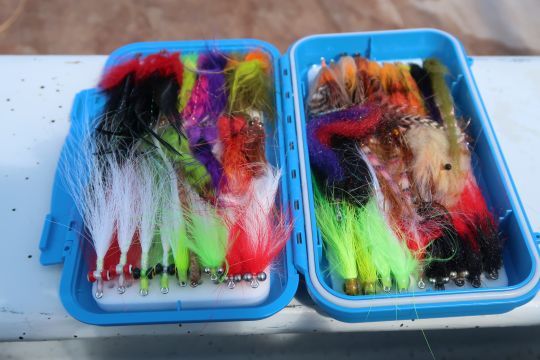
The best destinations to look for tarpon
The tarpon is mainly found in the Caribbean, where it is mainly fished with flies, but also along the African coast (Senegal, Angola, Gabon, Sierra Leone, Guinea-Bissau), where it is fished mainly with lures and livebait, but sometimes also with flies.
The best-known destinations are Florida's famous Keys, such as Islamorada, Key West and Marathon, as well as Cuba, Mexico, Belize and Costa Rica for these large specimens.
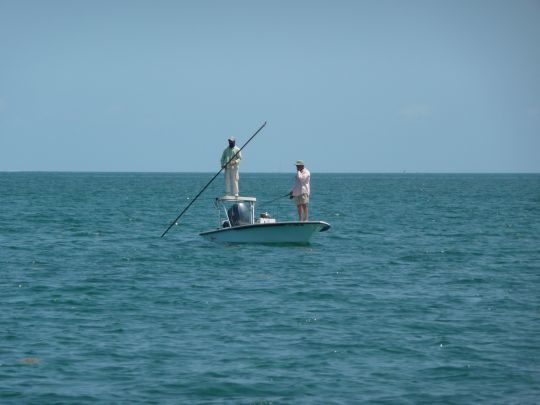
With lures, it's mainly in Africa that some anglers go after trophy fish. Some anglers also catch them on flies, particularly at night.
Other popular fly-fishing destinations :
Belize, Mexico, Venezuela - Los Roques, Guyana, Nicaragua, Puerto Rico, Trinidad,...

 /
/ 